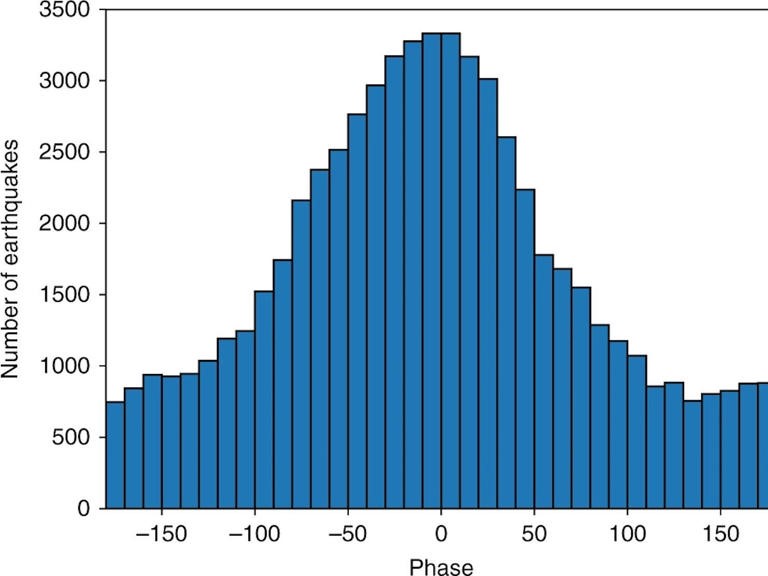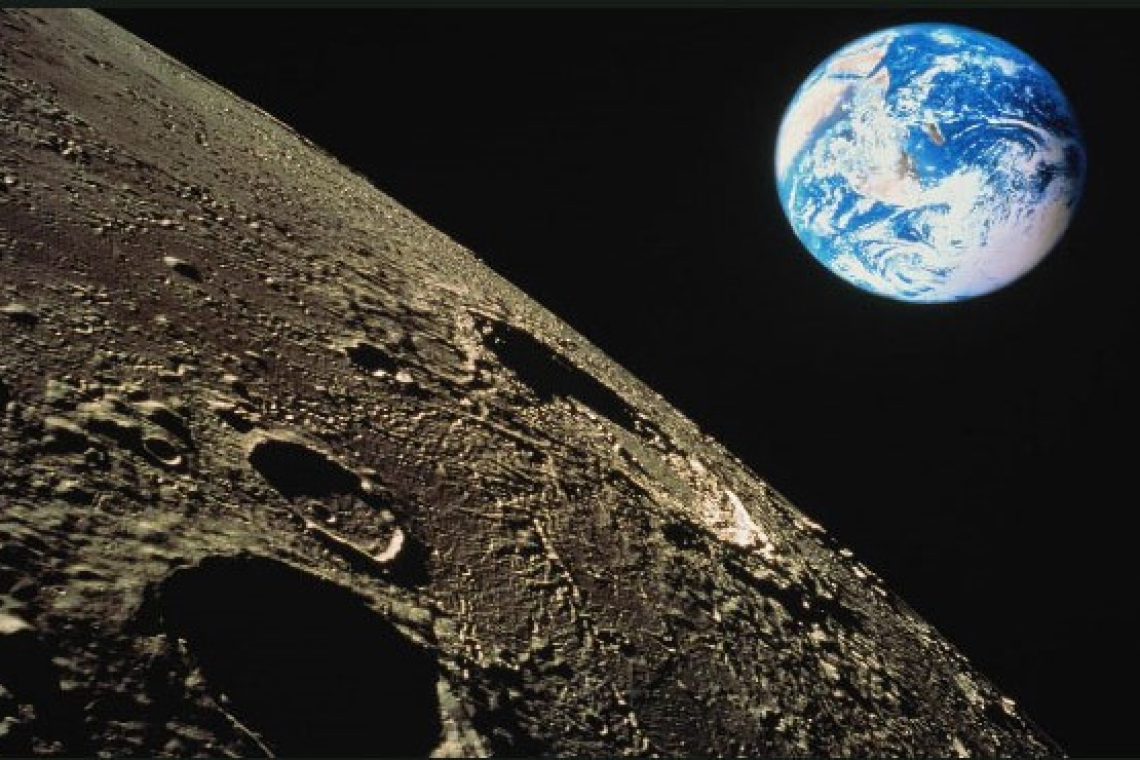Our moon has an undeniable affect on Earth's tides. Its gravitational pull causes rises and falls in our planet's sea level.
But what if the moon were to have a smaller, less visible affect on our planet?
A small handful of experts claim to have evidence that our satellite produces forces that can trigger earthquakes.

The moon's effect on earthquakes was hidden
Scientists have long pondered whether the moon's tides could be linked to earthquakes. After all, our satellite is always there, shifting the weight of the oceans and pulling at our planet.

Surely, all that pressure, even if it is incremental, would add up to a significant effect, scientists asked.
But until recently, datasets were not good enough to show the link between the moon and earthquakes, and the pull was deemed too weak to have any significant impact.
"For a while, it was a field where only fools worked," Chris Scholtz, a geologist and professor emeritus of earth and environmental science at Columbia Climate School, told Insider.
But with the advent of bigger and more comprehensive datasets over the past 20 years, the influence of the moon has started to emerge from the data. And it seems that in some cases, the moon did help trigger earthquakes around the world.
"With these huge datasets, they started to get some small but significant correlation," Scholtz said, adding: "Now it's credible," he said.
The moon can put the weight of the ocean on a volcano
A 2004 paper published in the peer-reviewed journal Science, for instance, found that earthquakes along underwater fault lines seemed to follow the tides of the ocean.
Scholtz and his team set out to study how the moon could be exerting its power on the earthquakes on the Axial Volcano on the Juan de Fuca ridge off the West coast of the US. Earthquakes here are about ten-fold more likely to happen when the tide has gone out, Scholtz said.

Their study, published in Nature Communications in 2019, found an explanation for the link between the moon and earthquakes. It suggested they were caused by the weight of the ocean pressing down on a volcano's magma chamber.
"What's happening is the tides are actually making the magma chamber inflate and deflate," he said. "That's what's causing the earthquakes."
Then when the tide is low, less water presses down on the chamber, which then inflates. This, in turn, puts more pressure on the fault line, making it more likely to jerk and create an earthquake.
The moon is also pulling at Earth's rocks

It's not just in the oceans where the moon is causing havoc. Though we may not feel it, the moon also causes tiny, but important, tides in rocks.
While standing on the surface of the Earth, it may be difficult to imagine mountains ebbing and flowing like the ocean, but rocks do bulge and squish under the pull from the moon
"Solid earth tides are the same as the tides, it's just on the solid earth. And the amplitude of motion is very tiny because the earth is very stiff," said Scholtz.
"You can measure it with a very sensitive instrument. But you can't notice it," he said.
These tides can deform the Earth by up to about 22 inches vertically and about 11 inches horizontally every day, Davide Zaccagnino, PhD student of geophysics at the Sapienza University of Rome, told Insider in an email.
By digging into these datasets, a few studies have suggested a link between Earth tides and earthquakes.
"While fluids can flow, rocks can just slightly change their shape according to the intensity and direction of the tidal perturbation, which promotes stress accumulation," said Zaccagnino.
If rocks are already overstressed because of the action of tectonic forces, even a small stress the pull of the moon can be the straw that breaks the camel's back, creating a crack in the rock, he said.
"If surrounding rocks are also unstable, the fracture can speed up to involve large fault patches. The final outcome is an earthquake," said Zaccagnino.
It can push earthquakes over the edge
Let's get one thing clear: the moon isn't causing these earthquakes. Rather, it is when the rock is on the very brink of collapse that the moon's small tug could push it past that final tipping point.
This only happens in very specific circumstances, for instance, when the pressure from the moon's gravitational pull lines up perfectly with the fault line. So it is not like we could say that every earthquake is more likely to happen when the moon is out.
"Tides cannot help us to predict earthquakes. But they can help us to better understand their physics, which is still mainly unknown," said Zaccagnino.
Knowing when the moon's pull has been able to trigger on an earthquake can help us, for instance, understand when the crust was at a breaking point, Zaccagnino said.
Source: MSN


